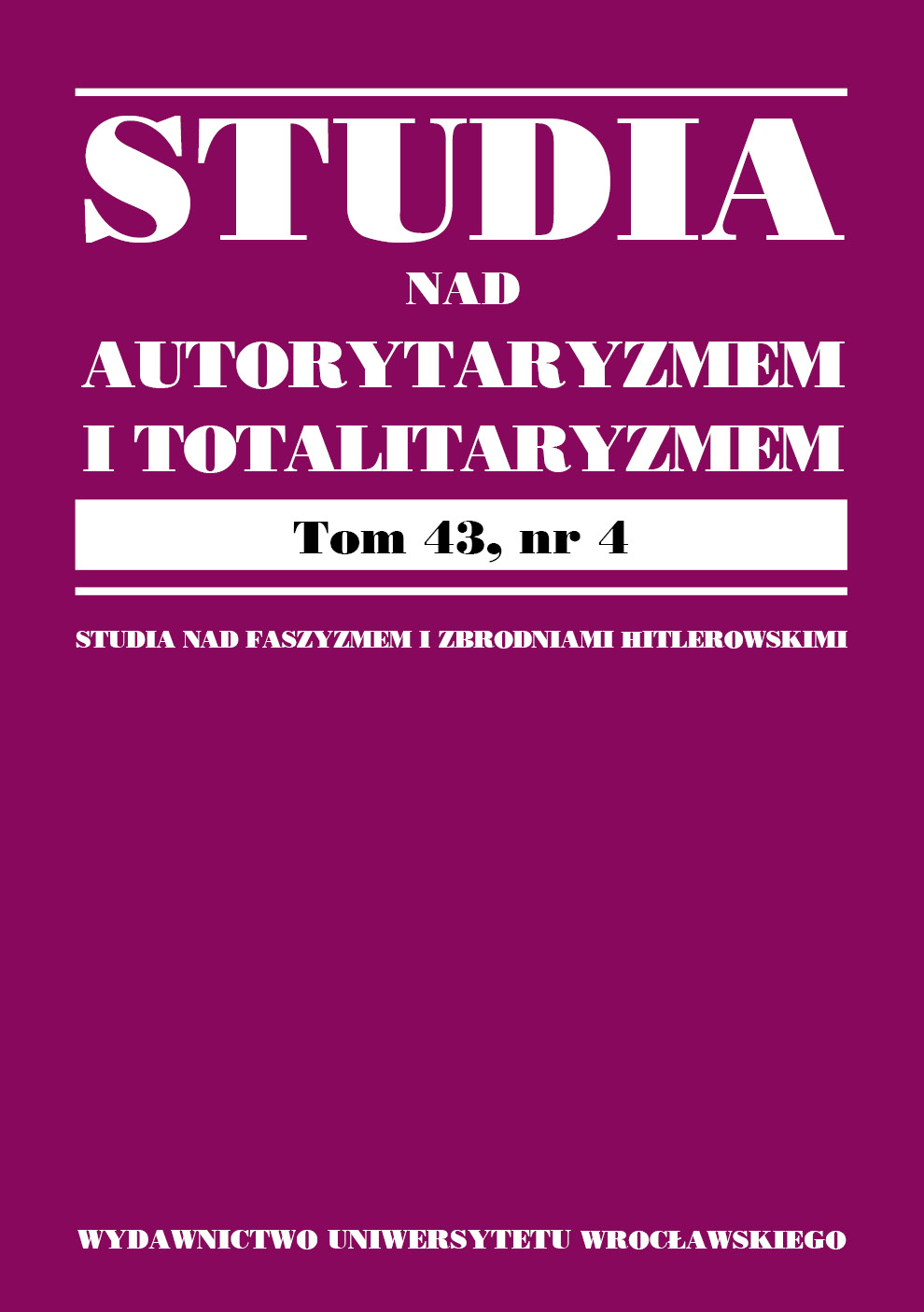

Artykuły

Following Poland’s regaining of independence in 1918, the country had to face a considerable range of challenges virtually at all levels of government functioning. Rebuilding the Polish state involved major expenditure, which, on the one hand, implied raising public resources in a sustainable way, while, on the other hand, the need to prioritizeand use public funds efficiently while implementing public undertakings set by the state. The huge scale of the needs coupled with limited financial resources forced Poland’s government, as it were, to develop suitable legal arrangements in the 1930s. Those measures were designed to spend public funds on the country’s reconstruction in a manner that was efficient, purposeful, economical, and competitive. The key legal measure at that time was the Act of 15 February 1933 on Supplies and Works for the Benefit of the Treasury, Local Government and Public Law Institutions. Moreover, the relevant implementing act was Regulation of the Council of Ministers of 29 January 1937 on Supplies and Works for the Benefit of the Treasury, Local Government and Public Law Institutions. Both acts implemented innovative legal measures in terms of public-service contracts which were in force not only until the outbreak of the Second World War (they were subsequently repealed by the rules established in PRL — Polish People’s Republic), considering that they also provided a basis for the new rules governing public spending implemented after 1990 and set out in the Act of 10 June 1994, Public Procurement Law.